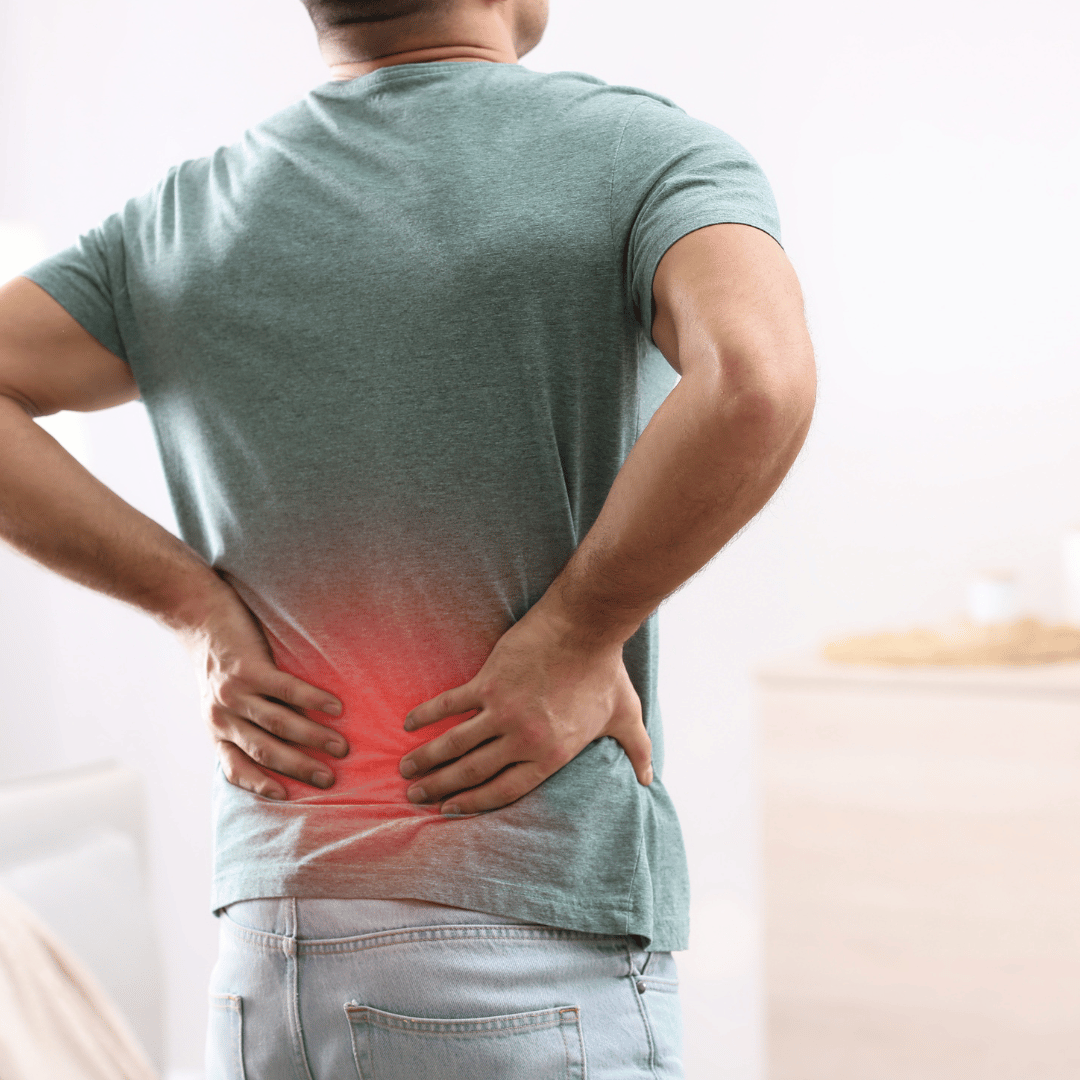|
By Duke Autret, Myotherapist Spinal stenosis is a condition that affects the spinal canal, the space within the spine housing the spinal cord and nerve roots. This narrowing of the spinal canal can exert pressure on the spinal cord and nerves, leading to a range of symptoms. In this article, we delve into the intricacies of spinal stenosis, exploring its causes, symptoms, and diverse treatment options Causes of Spinal Stenosis
Spinal stenosis can arise from various factors, including:
The symptoms of spinal stenosis manifest differently based on the severity and location of canal narrowing. Common symptoms include:
Effectively addressing spinal stenosis through myotherapy involves tailoring treatments to the individual's symptoms and the severity of the condition. Myotherapy, with its specialised focus on muscle and soft tissue therapy, offers targeted interventions for relief. Myotherapy Techniques
In conjunction with myotherapy techniques, managing spinal stenosis symptoms may involve specific medications by working with a GP: Non-Steroidal Anti-Inflammatory Drugs (NSAIDs): These medications help alleviate pain and reduce inflammation associated with spinal stenosis.
While complete prevention may not be possible, myotherapy emphasises proactive measures to reduce the risk of developing or worsening spinal stenosis:
Do you have a diagnosis of spinal stenosis? Management of this condition is possible, particularly in the early stages of diagnosis. Book with our team to discuss the most important steps you can take to care for your spine. |
Meet Our Team
We have a team of great practitioners available 7 days a week at our Rowville clinic. Archives
March 2024
Categories
All
|
Got a question about Myotherapy?
Contact Mel by phone, email or Facebook


 RSS Feed
RSS Feed